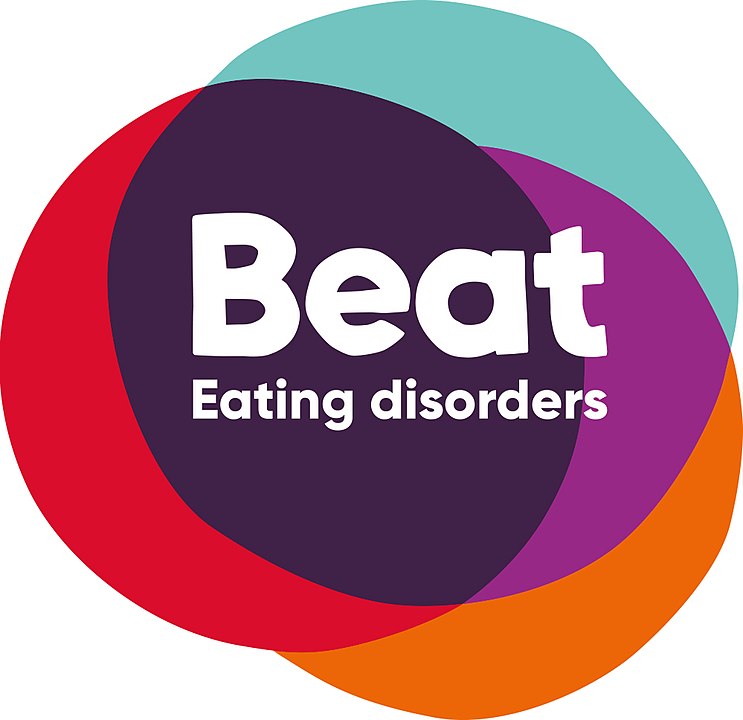A guide to running online chatrooms and support groups

Contributed by
BEAT
Introduction
BEAT is the UK’s eating disorder charity, and our mission is to end the pain and suffering caused by eating disorders. We run a national helpline and online support services to encourage and empower people to get help quickly. This is because we know the sooner someone starts treatment, the greater their chance of recovery.
This ‘how-to’ guide will share the steps that you need to follow to set up and run online chatrooms and support groups.
Steps
- Decide on which groups you would like to run. At Beat, we decided that we wanted to run a range of groups including a general support group for anyone with an eating disorder, as well as more specific groups such as ones for over 25’s, under 25’s, those with bulimia, a specific group for people with anorexia, a men’s support group, amongst others. This gives our service users a level of choice as to which group they feel is most appropriate for them.
- Find a platform or tool to host the chatrooms. Look for one that meets your needs in terms of cost, usability, integration with your existing services, anticipated service user numbers, and any key features you want it to have. We use ChatWee.
- Write group guidelines. Get group guidelines in place that anyone using your chatrooms must follow. For example, you could specify that any personal information, specific locations, details of events, discussions of meeting face-to-face, or any content that includes descriptions of self-harm, suicide, or abuse will be removed. As our groups are for people with an eating disorder, and so we have also specified content that could be considered pro-eating disorder, names of diets, etc. will be removed. You can read our guidelines as inspiration: Online Services Guidelines.
- Train your staff. Have staff who will support with moderating the online services be appropriately trained. We ensure our staff are trained to support the running of both our helplines and our online support services, as feedback from our advisors was that they preferred this level of variety in their roles.
- Ensure correct safeguarding processes are in place. Online support services allow for an additional layer of anonymity, which can mean that service users can be more open about how they are feeling. Sometimes, they can use these online channels to get in touch when they are in distress. The majority of safeguarding incidents that we see at BEAT actually come through our online channels, so it is important staff are familiar with the safeguarding processes they need to follow. We have two members of staff moderate all groups as an additional safety measure and are mindful of including staff first names as their user profile in case they could be identified.
- Treat the online spaces as if they are physical spaces. This mindset will help your moderators manage the chatrooms – Take time to welcome people to the chat, if certain individuals are dominating conversations, ask them to be mindful of other users so everyone is given a chance to speak.
Software and tools
ChatWee platform
Chatwee is a social chat application for websites which supports organisations to add a chat function to their website and develop their an online community.
Did you find this useful?
Great! Please tell us how this helped.
How could this be improved?
